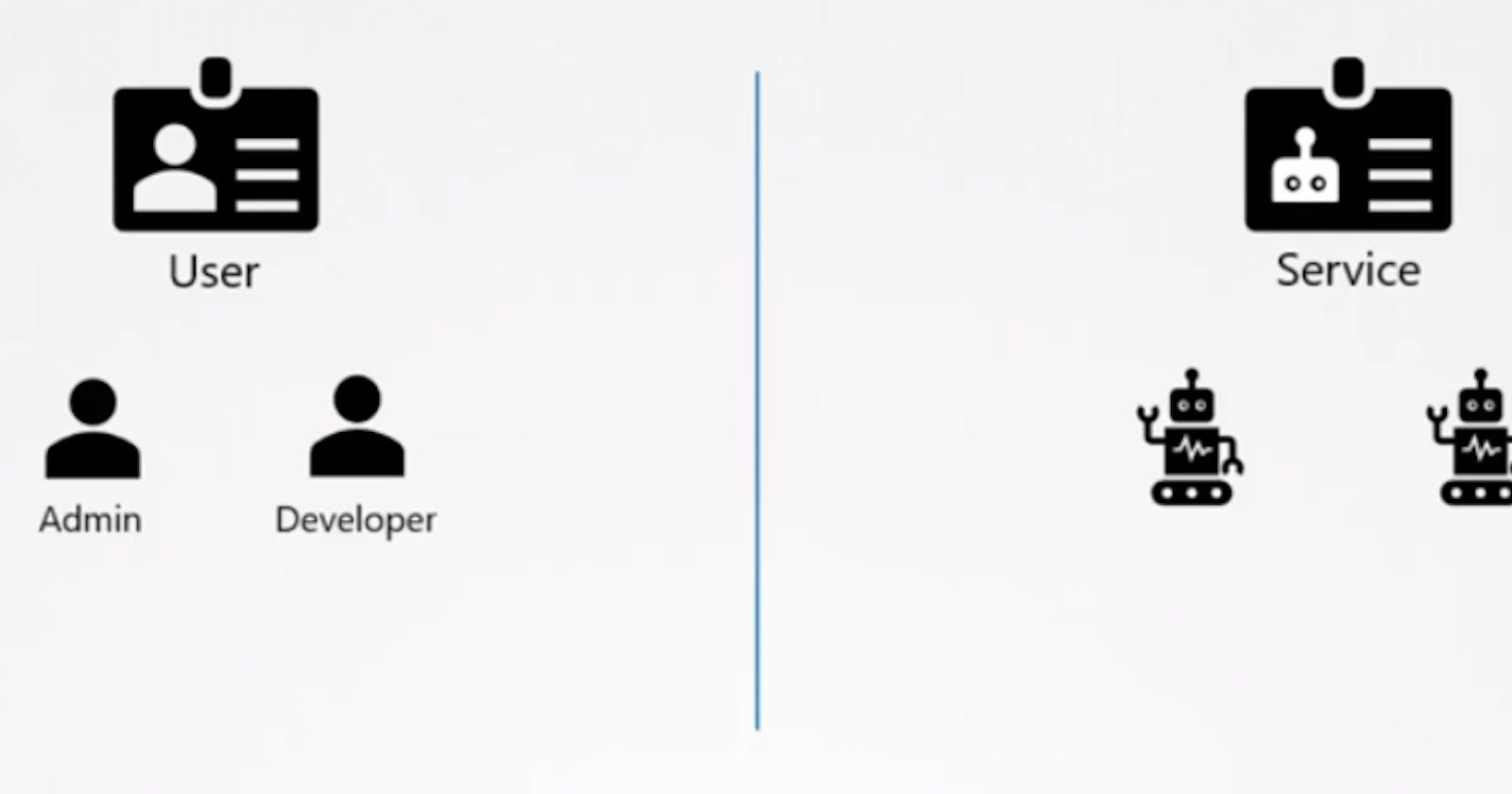Enhancing Kubernetes Security: A Comprehensive Guide to Service Accounts and Security Contexts
Table of contents
🗼Introduction
Kubernetes has emerged as the leading container orchestration platform, empowering organizations to efficiently manage and scale their applications. However, with great power comes great responsibility, especially when it comes to security. In this blog post, we will delve into two crucial aspects of Kubernetes security: service accounts and security contexts. Understanding and implementing these features correctly can significantly bolster the overall security posture of your Kubernetes environment.
🗼Security Context
In Kubernetes, a Security Context is a set of parameters that define the security settings for a container or a pod. It allows you to control the permissions and privileges within a container, ensuring better isolation and security.
🎗️Security Context Parameters:
- RunAsUser and RunAsGroup: Specify the user and group IDs to run the process inside the container. This helps ensure that the process is executed with the appropriate level of privileges.
Example:
apiVersion: v1
kind: Pod
metadata:
name: security-context-demo
spec:
securityContext:
runAsUser: 1000
runAsGroup: 2000
containers:
- name: my-container
image: nginx
- Privileged: Determines whether a container can access host resources and perform privileged operations. By default, containers run with restricted privileges for better security. However, setting "privileged" to true grants access to all the host's devices and resources.
Example:
apiVersion: v1
kind: Pod
metadata:
name: security-context-demo
spec:
containers:
- name: my-container
image: nginx
securityContext:
privileged: true
- Capabilities: Enables fine-grained control over the capabilities available to the container. Capabilities represent distinct permissions that a process can have within the Linux kernel.
Example:
apiVersion: v1
kind: Pod
metadata:
name: security-context-demo
spec:
containers:
- name: my-container
image: nginx
securityContext:
capabilities:
add: ["NET_ADMIN", "SYS_TIME"]
drop: ["MKNOD"]
- AppArmor: AppArmor is a Linux security module that restricts the capabilities of individual processes within a container. It enables fine-grained access control by defining profiles that determine what resources a process can access and actions it can perform. By leveraging AppArmor profiles, you can reduce the attack surface of your containers and mitigate potential security risks.
Example:
apiVersion: v1
kind: Pod
metadata:
name: apparmor-demo
spec:
containers:
- name: my-container
image: nginx
securityContext:
appArmorProfile: "my-apparmor-profile"
- Seccomp: Seccomp (secure computing mode) is another Linux security feature that restricts the system calls available to a container. It allows you to define a list of permitted system calls and blocks all other calls, reducing the potential impact of a container compromise. Seccomp profiles can be used to create a secure execution environment for containers.
Example:
apiVersion: v1
kind: Pod
metadata:
name: seccomp-demo
spec:
containers:
- name: my-container
image: nginx
securityContext:
seccompProfile:
type: "RuntimeDefault"
- allowPrivilegeEscalation: The
allowPrivilegeEscalationparameter is used to control whether a container can gain additional privileges after starting. When set tofalse, it ensures that the container's privileges cannot be escalated. This helps prevent malicious activity or accidental misuse of elevated privileges within a container.
Example:
apiVersion: v1
kind: Pod
metadata:
name: privilege-escalation-demo
spec:
containers:
- name: my-container
image: nginx
securityContext:
allowPrivilegeEscalation: false
🗼Service Accounts
A Service Account in Kubernetes provides an identity for processes running inside pods and allows them to interact with the Kubernetes API. It enables proper authentication and authorization between pods and the Kubernetes cluster. The user account is used by Humans and Service Account is used by machines.

Default Service Account: Every namespace in Kubernetes has a default service account created automatically. Containers within a pod can authenticate using this account and access the Kubernetes API.
Creating Custom Service Accounts: In certain cases, it may be necessary to create custom service accounts to provide different levels of access to pods within a namespace. For example, you might want to restrict certain pods from accessing sensitive resources or grant elevated privileges to specific pods.
Example:
apiVersion: v1
kind: ServiceAccount
metadata:
name: custom-sa
- Binding Service Accounts: After creating a service account, you need to bind it to a pod or a deployment to enable the usage of that service account within those resources.
Example:
yamlCopy codeapiVersion: v1
kind: Pod
metadata:
name: my-pod
spec:
serviceAccountName: custom-sa
containers:
- name: my-container
image: nginx
🗼Conclusion
Service accounts and security contexts are integral components of a robust Kubernetes security strategy. By understanding their significance and implementing best practices, you can significantly enhance the security posture of your Kubernetes environment. Remember, security is an ongoing process, and staying up-to-date with the latest security practices and vulnerabilities is essential to ensure your Kubernetes cluster remains protected. Stay informed, be proactive, and keep evolving your security measures to stay one step ahead of potential threats.
